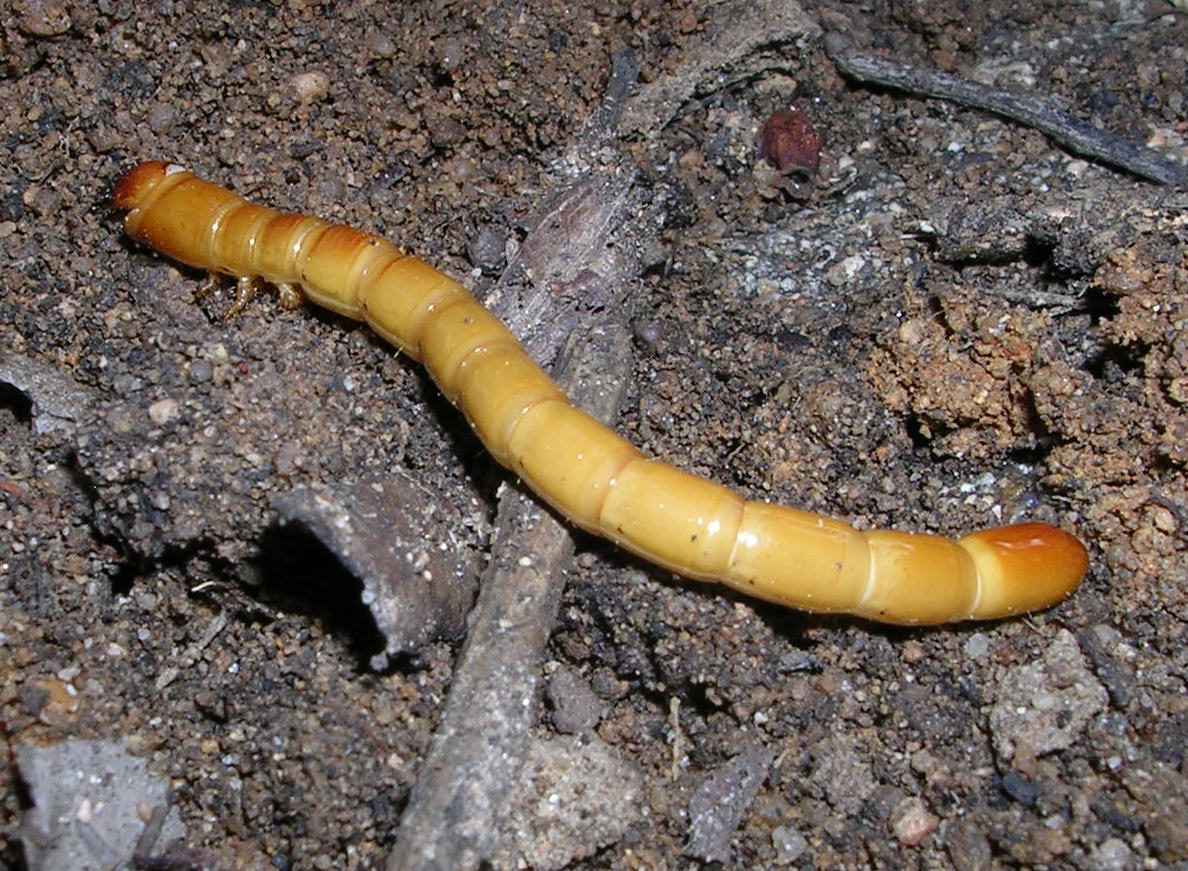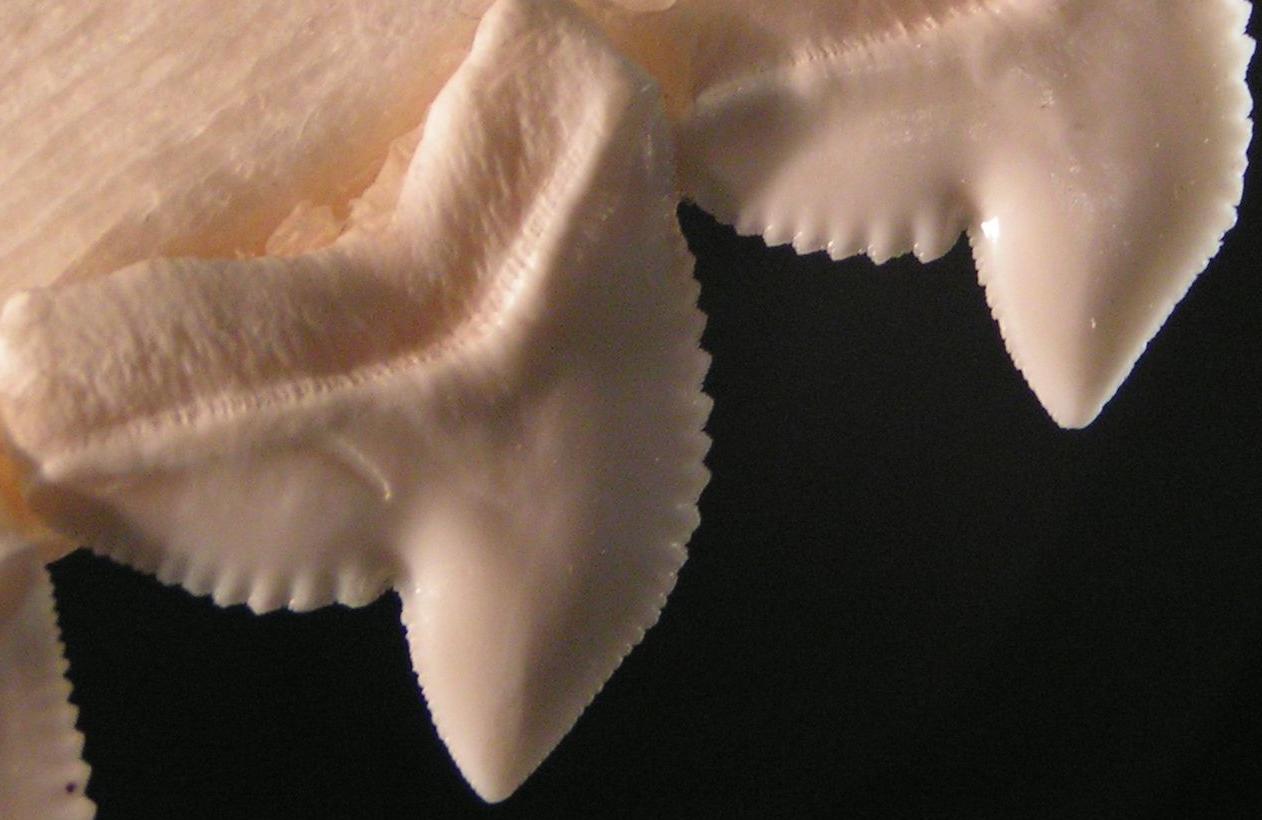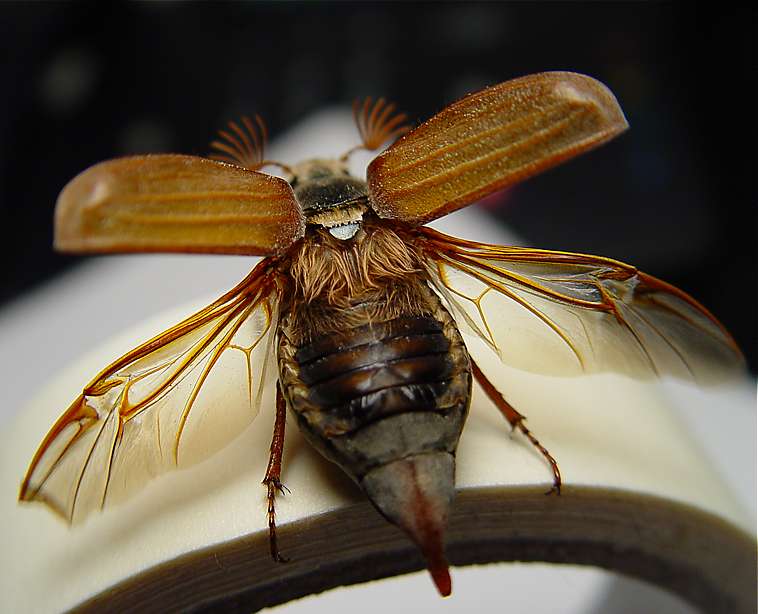|
Cebrionini
Cebrionini is a tribe of click beetles from the family Elateridae; formerly ranked as a subfamily or family, they are now considered a tribe within the subfamily Elaterinae. Distribution Cebrionines live in most parts of the world, but they are absent from Australia and New Zealand. They are particularly abundant in the more arid parts of the Holarctic Region, Nearctic, Palearctic, Neotropical, Afrotropical, and Oriental. Description Biological Male cebrionines fly at night and may be attracted to lights. In several genera, including '' Cebrio'', '' Selonodon'' and '' Euthysanius'', females are flightless, and other groups are known from males only. All known larvae live in the soil. General The species are 8–20 mm. in length. Ratio of body length to greatest body width 2.5–4.55. Body slightly flattened to moderately convex. Sides of body not evenly curved. Body not capable of conglobation (rolling into a ball). Upper surfaces of body clothed with distinct hairs, seta ... [...More Info...] [...Related Items...] OR: [Wikipedia] [Google] [Baidu] |
Brongniartia (beetle)
''Brongniartia'' is a genus of cebrionine beetle, named after French naturalist Adolphe Brongniart ''Adolphe'' is a classic French novel by Benjamin Constant, first published in 1816. It tells the story of an alienated young man, Adolphe, who falls in love with an older woman, Ellénore, the Polish mistress of the Comte de P***. Their illicit ..., and containing a single species, ''Brongniartia atra''. References Cebrionini {{Elateridae-stub ... [...More Info...] [...Related Items...] OR: [Wikipedia] [Google] [Baidu] |
Elaterinae
Elaterinae is a subfamily of click beetles in the family Elateridae Elateridae or click beetles (or "typical click beetles" to distinguish them from the related families Cerophytidae and Eucnemidae, which are also capable of clicking) are a family of beetles. Other names include elaters, snapping beetles, sp ..., containing 12 tribes worldwide.Robin Kundrata, Nicole L. Gunter, Dominika Janosikova & Ladislav Bocak (2018) Molecular evidence for the subfamilial status of Tetralobinae (Coleoptera: Elateridae), with comments on parallel evolution of some phenotypic characters. Arthropod Systematics & Phylogeny 76: 137-145. Selected genera References Further reading * * * Elateridae {{elateridae-stub ... [...More Info...] [...Related Items...] OR: [Wikipedia] [Google] [Baidu] |
Elateridae Cebrioninae Larve
Elateridae or click beetles (or "typical click beetles" to distinguish them from the related families Cerophytidae and Eucnemidae, which are also capable of clicking) are a family of beetles. Other names include elaters, snapping beetles, spring beetles or skipjacks. This family was defined by William Elford Leach (1790–1836) in 1815. They are a cosmopolitan beetle family characterized by the unusual click mechanism they possess. There are a few other families of Elateroidea in which a few members have the same mechanism, but most elaterid subfamilies can click. A spine on the prosternum can be snapped into a corresponding notch on the mesosternum, producing a violent "click" that can bounce the beetle into the air. Clicking is mainly used to avoid predation, although it is also useful when the beetle is on its back and needs to right itself. There are about 9300 known species worldwide, and 965 valid species in North America. Etymology Leach took the family name from the ge ... [...More Info...] [...Related Items...] OR: [Wikipedia] [Google] [Baidu] |
Serrate
Serration is a saw-like appearance or a row of sharp or tooth-like projections. A serrated cutting edge has many small points of contact with the material being cut. By having less contact area than a smooth blade or other edge, the applied pressure at each point of contact is greater and the points of contact are at a sharper angle to the material being cut. This causes a cutting action that involves many small splits in the surface of the material being cut, which cumulatively serve to cut the material along the line of the blade. In nature, serration is commonly seen in the cutting edge on the teeth of some species, usually sharks. However, it also appears on non-cutting surfaces, for example in botany where a toothed leaf margin or other plant part, such as the edge of a carnation petal, is described as being serrated. A serrated leaf edge may reduce the force of wind and other natural elements. Probably the largest serrations on Earth occur on the skylines of mountains ( ... [...More Info...] [...Related Items...] OR: [Wikipedia] [Google] [Baidu] |
Elytron
An elytron (; ; , ) is a modified, hardened forewing of beetles (Coleoptera), though a few of the true bugs ( Hemiptera) such as the family Schizopteridae are extremely similar; in true bugs, the forewings are called hemelytra (sometimes alternatively spelled as "hemielytra"), and in most species only the basal half is thickened while the apex is membranous, but when they are entirely thickened the condition is referred to as "coleopteroid". An elytron is sometimes also referred to as a shard. Description The elytra primarily serve as protective wing-cases for the hindwings underneath, which are used for flying. To fly, a beetle typically opens the elytra and then extends the hindwings, flying while still holding the elytra open, though many beetles in the families Scarabaeidae and Buprestidae can fly with the elytra closed (e.g., most Cetoniinae; ). In a number of groups, the elytra are reduced to various degrees, (e.g., the beetle families Staphylinidae and Ripiphoridae), o ... [...More Info...] [...Related Items...] OR: [Wikipedia] [Google] [Baidu] |
Prothorax
The prothorax is the foremost of the three segments in the thorax of an insect, and bears the first pair of legs. Its principal sclerites (exoskeletal plates) are the pronotum (dorsal), the prosternum (ventral), and the propleuron (lateral) on each side. The prothorax never bears wings in extant insects (except in some cases of atavism), though some fossil groups possessed wing-like projections. All adult insects possess legs on the prothorax, though in a few groups (e.g., the butterfly family Nymphalidae) the forelegs are greatly reduced. In many groups of insects, the pronotum is reduced in size, but in a few it is hypertrophied, such as in all beetles (Coleoptera). In most treehoppers (family Membracidae, order Hemiptera), the pronotum is expanded into often fantastic shapes that enhance their camouflage or mimicry. Similarly, in the Tetrigidae, the pronotum is extended backward to cover the flight wings, supplanting the function of the tegmina. See also *Glossary of en ... [...More Info...] [...Related Items...] OR: [Wikipedia] [Google] [Baidu] |
Antenna (biology)
Antennae ( antenna), sometimes referred to as "feelers", are paired appendages used for Sensory system, sensing in arthropods. Antennae are connected to the first one or two Segmentation (biology), segments of the arthropod head. They vary widely in form but are always made of one or more jointed segments. While they are typically sensory organs, the exact nature of what they sense and how they sense it is not the same in all groups. Functions may variously include sensing tactition, touch, air motion, heat, vibration (sound), and especially insect olfaction, smell or gustation, taste. Antennae are sometimes modified for other purposes, such as mating, brooding, swimming, and even anchoring the arthropod to a substrate (biology), substrate. Larval arthropods have antennae that differ from those of the adult. Many crustaceans, for example, have free-swimming larvae that use their antennae for swimming. Antennae can also locate other group members if the insect lives in a group, lik ... [...More Info...] [...Related Items...] OR: [Wikipedia] [Google] [Baidu] |
Gular (other)
{{disambig ...
Gular is of or pertaining to the throat, and may more specifically refer to: * Gular scales in reptiles * Gular scute, or gular projection, in turtles and tortoises * Gular fold in lizards * Gular skin, or gular sac, in birds and some gibbons Other uses *Gular, another name of the village of Guglar in the Zanjan Province, Iran * Gular ( az, Gülər – "smiling one"), an Azerbaijani female name ** Gular Ahmadova, a jailed Azerbaijani politician * Colloquial name for Ficus racemosa fruit in India See also * * * Gul (other) Gul may refer to: Places * Gul, South Khorasan, Iran * Gul, West Azerbaijan, Iran * Gul Circle, Singapore Other uses * Great Liberal Union (Spanish: '; GUL), a Nicaraguan political party * ''Gul'' (design), a design element in oriental ... [...More Info...] [...Related Items...] OR: [Wikipedia] [Google] [Baidu] |
Mouth Cavity
In animal anatomy, the mouth, also known as the oral cavity, or in Latin cavum oris, is the opening through which many animals take in food and issue vocal sounds. It is also the cavity lying at the upper end of the alimentary canal, bounded on the outside by the lips and inside by the pharynx. In tetrapods, it contains the tongue and, except for some like birds, teeth. This cavity is also known as the buccal cavity, from the Latin ''bucca'' ("cheek"). Some animal phyla, including arthropods, molluscs and chordates, have a complete digestive system, with a mouth at one end and an anus at the other. Which end forms first in ontogeny is a criterion used to classify bilaterian animals into protostomes and deuterostomes. Development In the first multicellular animals, there was probably no mouth or gut and food particles were engulfed by the cells on the exterior surface by a process known as endocytosis. The particles became enclosed in vacuoles into which enzymes were secret ... [...More Info...] [...Related Items...] OR: [Wikipedia] [Google] [Baidu] |
Convex
Convex or convexity may refer to: Science and technology * Convex lens, in optics Mathematics * Convex set, containing the whole line segment that joins points ** Convex polygon, a polygon which encloses a convex set of points ** Convex polytope, a polytope with a convex set of points ** Convex metric space, a generalization of the convexity notion in abstract metric spaces * Convex function, when the line segment between any two points on the graph of the function lies above or on the graph * Convex conjugate, of a function * Convexity (algebraic geometry), a restrictive technical condition for algebraic varieties Algebraic varieties are the central objects of study in algebraic geometry, a sub-field of mathematics. Classically, an algebraic variety is defined as the set of solutions of a system of polynomial equations over the real or complex number ... originally introduced to analyze Kontsevich moduli spaces Economics and finance * Convexity (finance), second ... [...More Info...] [...Related Items...] OR: [Wikipedia] [Google] [Baidu] |




